New research has revealed there are not enough wildcats in Scotland to maintain populations in the short or long term.
NatureScot, who carried out the research, has recommended a number of actions to encourage the Scottish populations to grow.
These include reducing the threat of hybridisation, improving the habitats wildcats use and reducing deaths from disease, persecution and road traffic incidents.
The research, a compilation of nine technical reports and a summary report, was completed by Scottish Wildcat Action (SWA) between 2015 and 2020 with support from the National Lottery Heritage Fund.
What did the research involve?
During the five years of the project, SWA worked with more than 140 volunteers to trap, neuter and vaccinate 205 feral domestic and hybrid cats to try and detect wildcats.
They also ran genetic tests on 529 cat samples and found that none scored highly enough to be considered a wildcat.
Research teams set up camera trap surveys across the country to collect more than one million images of cats living in the wild, including 356 in six priority areas.
The work also involved the use of GPS collars to track 14 wildcat hybrids to identify potential threats and learn more about their ecology and behaviour.
Screening all of the fertile captive wildcats in the Scottish Wildcat Studbook, managed by the Royal Zoological Society of Scotland, also helped increase the breeding population by 67%.
This was carried out in preparation of the establishment of a conservation breeding programme.
‘A vital phase’ in the project
Helen Senn, the Saving Wildcats project lead and head of conservation for RZSS, said: “These reports show that wildcats are truly on the brink of extinction in Britain, and that a significant amount of work still needs to be done to secure a future for the Scottish wildcat population.
“Saving Wildcats is evidence based, building on the research that was undertaken by SWA and follows recommendations to restore wildcats in Scotland through breeding them for release.
“We are also continuing to mitigate the risks facing wildcats across the Cairngorms National Park, working with local communities to understand how best people can benefit from the presence of this iconic species in their landscapes.”
Roo Campbell, mammal adviser for NatureScot and report author, said they are still at the beginning of the journey to restore wildcats in Scotland.
He added: “The ultimate goal must be to establish a population of wildcats that does not need further human intervention to secure its survival.
“We’re hopeful that we can achieve this by working together now to protect and restore this iconic species for generations to come.”
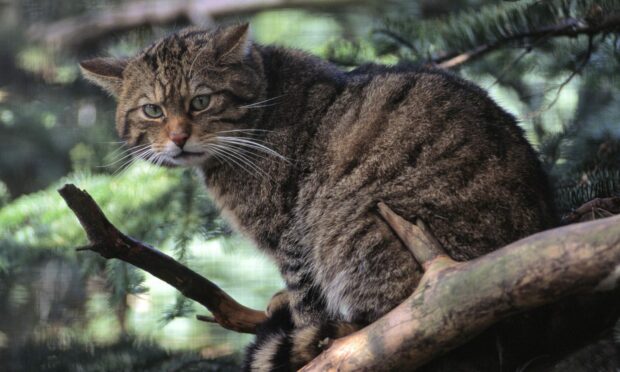
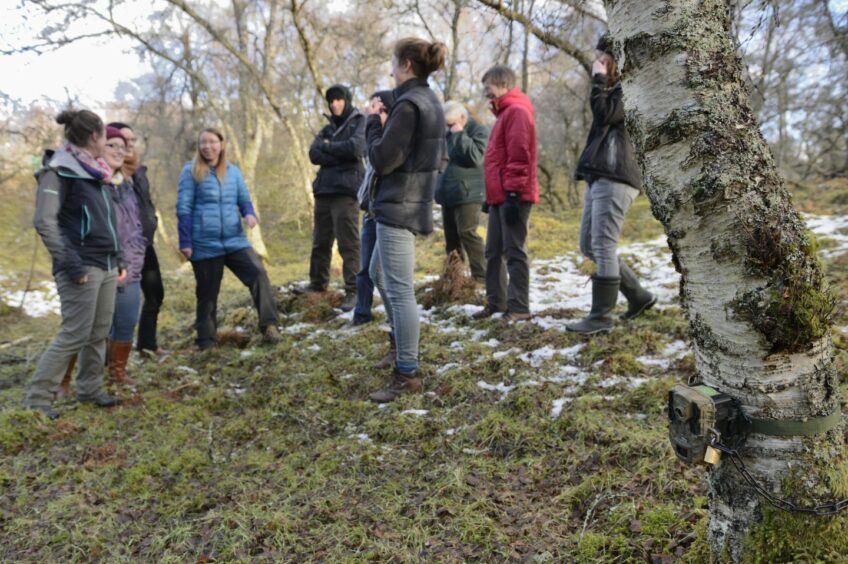

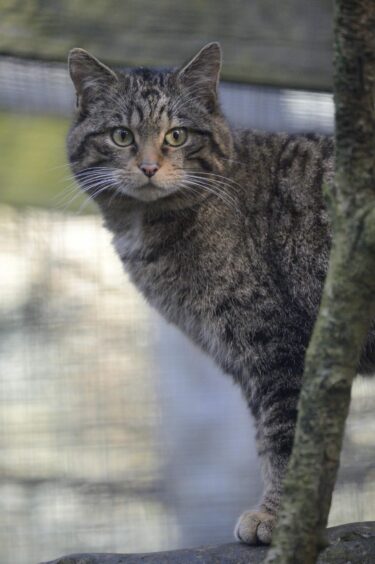
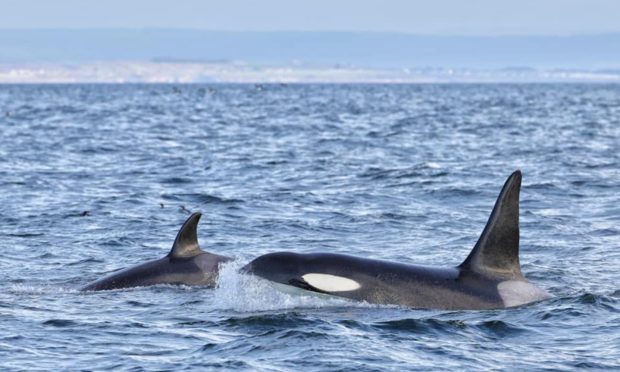
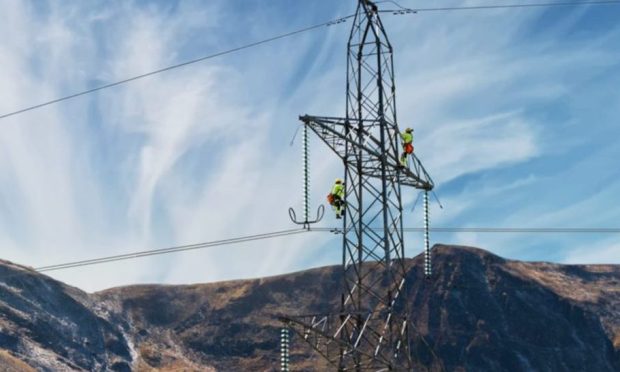

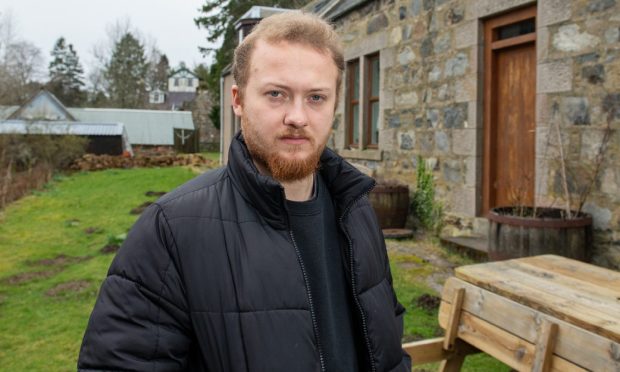






Conversation